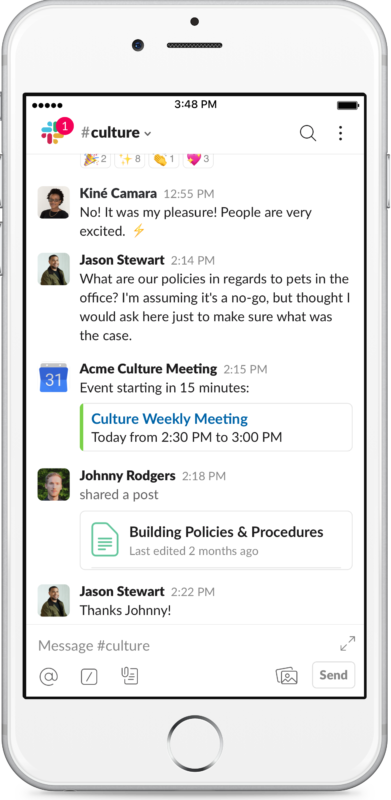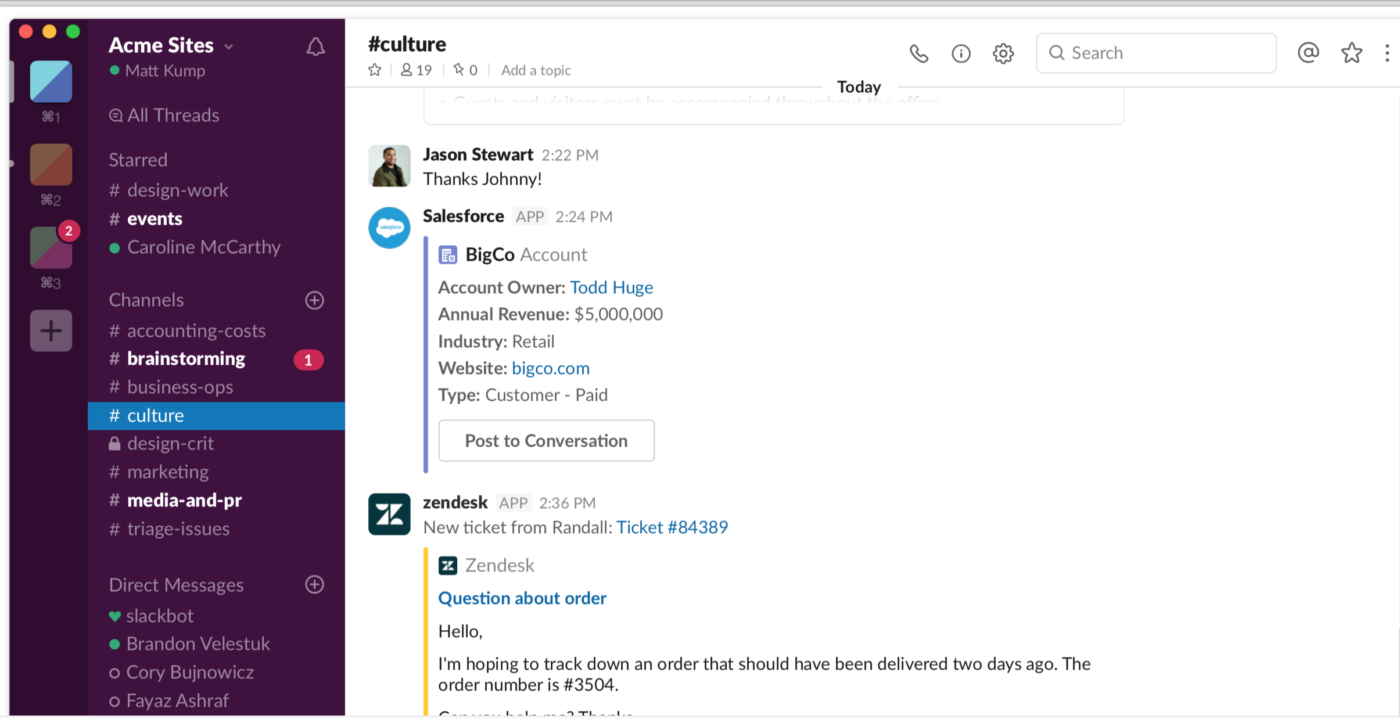Want to onboard new starters 24 per cent faster? Check out these expert tips to set your new hires up for success from day one.
Onboarding new hires can be a time consuming, dry and overwhelming process. For many years, the typical experience has consisted of conference-style events, bringing together a group of new starters for a series of presentations delivered by company leaders. These traditional practices can be laborious to organise and often lack a personal touch.
Changing your internal processes can be daunting but can have many benefits and go a long way in providing a good first impression for your new employees. By supercharging your onboarding process, you save time and energy and help create happy and engaged employees from day one.
Employee onboarding is more than just welcoming new starters with a handshake and a team lunch. It’s fundamentally about reducing friction in setting up employees for success and enabling them to hit the ground running – and the process starts well before the employee’s first day in the office. Here are five ways to streamline your onboarding process to seamlessly help new starters integrate into your business.
Start early
Done right, onboarding starts before a new employee’s first day. To ensure a new hire’s first day on the job is as smooth as possible, get the standard processes out of the way prior to them coming into the office. Share key documents such as HR paperwork, the company’s vision, policies or their job description. You can also ask them to share a few fun facts about themselves that you can use to introduce them to the team and make them feel welcome. By doing this, your new hires get a headstart and come prepared to jump straight into the good stuff.
Robby Kwok is the VP of People at Slack, the collaboration hub. Kwok says for a fast growing organisation, it takes time to get everyone up to speed on the ins and outs of the company and onboarding should be more than an afterthought. “At Slack, we went from a small team to more than 1,000 employees across eight offices all over the world in a few short years. So we’ve had a lot of opportunities to refine our onboarding. For us, onboarding new staff is one of the most important programs in terms of the impact it has on a business. First impressions count, and a proper onboarding will result in high employee loyalty and retention and better efficiencies, ultimately leading to higher growth and profit.”

Invest in the right tools
Technology is increasingly playing a greater role in the onboarding process, particularly for larger and more complex businesses, and organisations seeking to grow.
Getting new hires fully briefed and trained up can be a lengthy process. As more businesses move away from email to channel-based communication for internal communications, a collaboration hub like Slack, can be used to run an effective and organised onboarding program that gives new employees immediate access to the tools and information they need, at the click of a button.
In Slack, conversations are organised by topic, team or location, allowing new starters to get acquainted with colleagues and fellow new joiners to make their transition to a new position easier.
A recent IDC study, commissioned by Slack, found that HR teams using Slack for employee onboarding are able to get people up to speed on their new jobs 24% faster. The report also found that HR teams using Slack saw a 10% increase in employee satisfaction.
“With Slack, new joiners will not be faced with an empty inbox when starting at a new company, instead, employees will immediately have access to the historical knowledge of the business, previous conversations that have taken place, and an awareness of how decisions are made and how work is done at the organisation,” says Kwok.
Make it personal
First days at any job can be intimidating, especially when getting acquainted with a new team. A personalised onboarding experience will make new employees feel more valued and better supported. Set up their workstation before they arrive, introduce them to their team, take them on a tour of the neighbourhood, provide a company roster – while these tasks may seem small, they go a long way in ensuring new hires feel welcome.
“On day one at Slack HQ, we like to make a proper introduction on Slack to the rest of the team via our #yay channel. The individual profiles on Slack and the information collected helps paint a more human portrait of new teammates – it also makes it easier to pick them out of a crowd to say hi, which is always a nice surprise and delight moment,” says Kwok.

Create connections
Assigning new starters a buddy – someone of a similar level who can show them the ropes and take them out for lunch – can make a new environment seem less daunting. At Slack, the team uses an integration called Donut, an app that randomly pairs up teammates and invites them to meet over coffee, lunch – or donuts.
Employees can opt in to and out of the program by joining and leaving the dedicated Slack channel as they wish. This can help to build a strong company culture, ultimately strengthening your team’s relationships, knowledge and collaboration from day one.

Think beyond
Onboarding is a journey, not a destination. The aim should be that onboarding is continuous across an employee’s time with a company. Employees are a company’s biggest asset and therefore the onboarding process shouldn’t be restricted to a timeframe. Set check-in times to see how things are going, whether it be a week into their time at the company or a month. There is always room for improvement and the check-ins are an opportunity to solicit their feedback on their experience and the onboarding process itself. Slack integration Leo, for example, is a helpful tool that measures team satisfaction in real-time through its weekly Pulse Surveys.
Asking for feedback early on also helps to establish you as a transparent employer that listens to feedback.
“A comprehensive onboarding means employees can more quickly do the jobs they were brought on to do. At Slack, we’re always looking at ways we can improve the employee experience; whether it be utilising HR integrations like Donut, or reviewing our internal processes. The key is to be agile and listen to the feedback from your team,” says Kwok.

